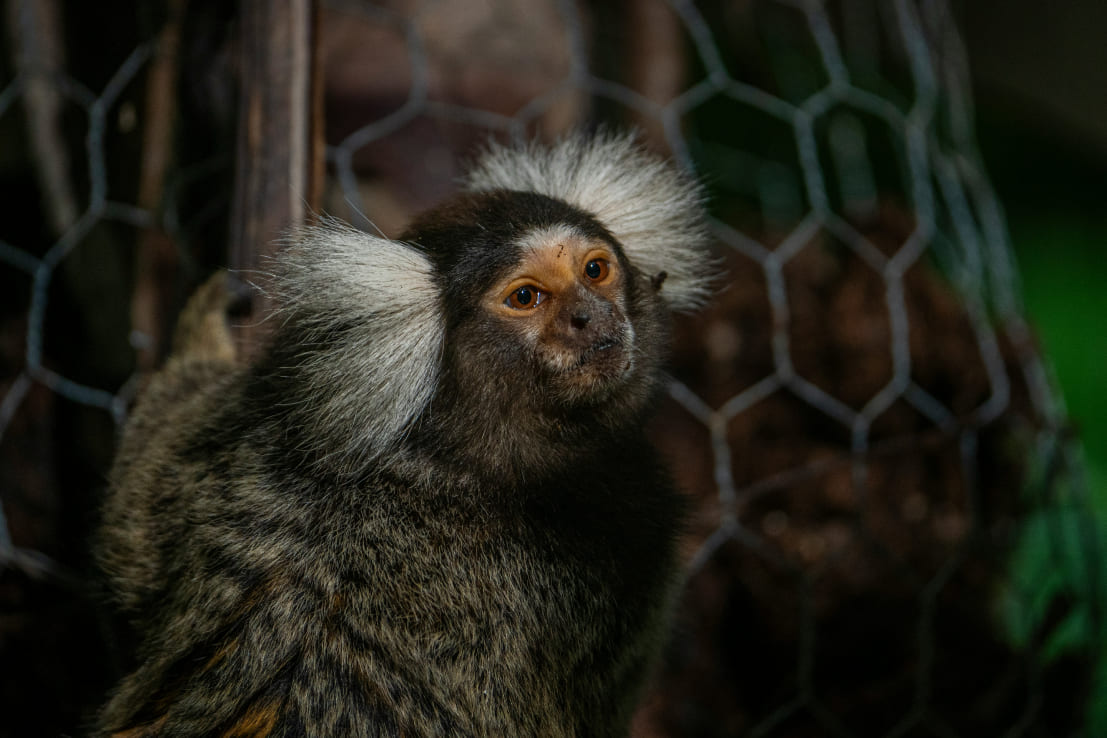Flamingo
Flamingos, known for their vibrant pink feathers and long, slender legs, are among the most striking and recognizable birds in the world. These birds thrive in wetlands, salt lakes, and lagoons, where they feed on algae, crustaceans, and small invertebrates. Their pink coloration is derived from carotenoid pigments in their diet, making their appearance a reflection of the health of their habitat.





